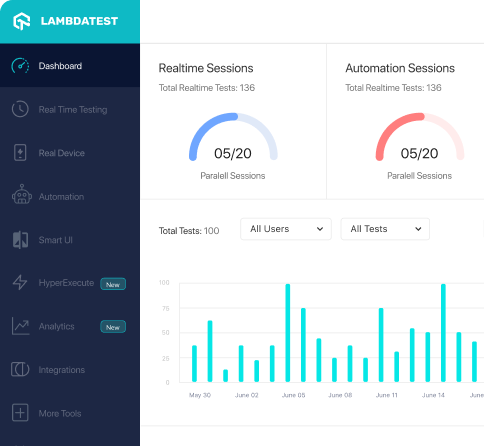Source:The case against checked exceptions
==32551== Branches: 656,645,130 ( 656,609,208 cond + 35,922 ind)
==32551== Mispredicts: 169,556 ( 169,095 cond + 461 ind)
==32551== Mispred rate: 0.0% ( 0.0% + 1.2% )





